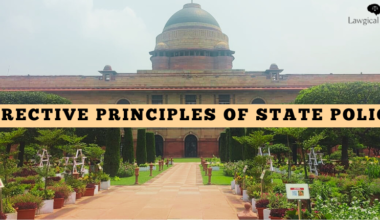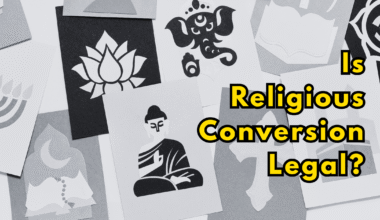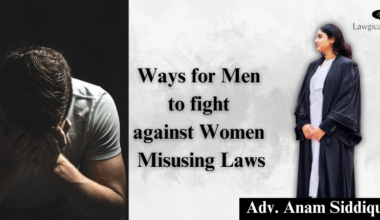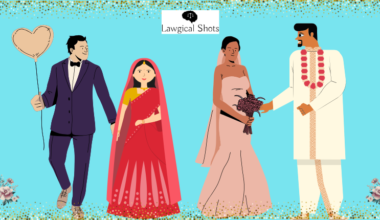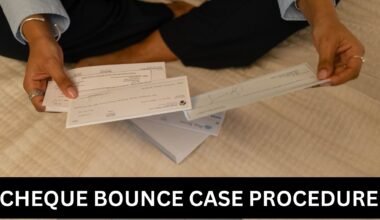Have you ever wondered – What are the protected works of copyright? What is protected by the copyright Act in India? There is a need to discuss this part because we have seen people often confusing copyright for something another person invented, which is actually subject to patents; another person thinking they will get a trade mark for the story they wrote and got published on the internet. There is a lot of confusion, and we at Lawgical Shots find it crucial to clear the clouds and explain what can be protected by the Copyright Act, 1957. So here, we have explained one by one what all is subject to copyright protection and in what form. We have also covered the rights one gets to enjoy by getting copyright on a particular form of work.
What are the Protected Works of Copyright in India? – Check Below
The Copyright Act, 1957 discusses in detail what all kinds of work can be protected under the law. There is categorisation on the kinds of works protected, and also about the other forms that are covered. It may be noted that only original work is subject to protection under the Act, and what is already copied may not get any chance here. Know the details below:
Artistic Work
Whenever there is a mention of copyright, artistic work is among the first ones to strike. However, when asked to elaborate what are the protected works of copyright in terms of artists, there is usually a mum after one or two examples. As explained under Section 2(c) of the Copyright Act, 1957, artistic works that can be copyrighted are:
- Paintings
- Sculptures
- Drawings – including a diagram, map, chart or plan
- Engravings
- Photographs – with or without artistic quality
- Work of Architecture
- Building having artistic character
- structure having artistic characteristics
- Design or model for such building/structure
- Any other work of artistic craftsmanship
The rights which accompany the artist include the right to reproduce, communicate to the public, make adaptations, include the same in cinematograph film or even issue copies of the original work to the public.
Literary Work
To understand the literal meaning, “literary” means something related to writing, study, literature, etc. It is more of a formal writing, or say written artistic works. As defined under Section 2(o) of the 1957 Act, literary work includes computer programmes, tables, compilations, computer databases, etc. In terms of literary work, what is protected by the copyright Act is not just the original works from being copied, but its conversion/adaptation as well into a dramatic work by performance in public.
The rights which accompany an original literary work include the right to reproduce, distribute, perform, display and create translated/adaptations of the original works. It also includes producing the work in another form such as a dramatic or cinematographic version of the original literary works.
Can AI get copyright in India? – Let’s Explore
Dramatic Work
The scope of dramatic work has been discussed under Section 2(h) of the Copyright Act, 1957. What can be protected by Copyright in terms of dramatic work includes the following:
- Any piece for recitation (in simple terms, a script)
- Choreographic work
- Entertainment in Dumb Show
- Scenic arrangement fixed in writing
- Form of acting reduced in writing
The rights connected with dramatic work include but are not limited to reproducing original work, communicating or performing the same in public, issuing copies to make profits, including it in a cinematograph film, or adapting/translating in some other form, etc.
Musical Work
When we hear the term “Music”, what we relate to is a pleasant sound, which may be melodious or has a tune to it. For protection of musical work under the Copyright Act, it means any work consisting of music and includes graphical notion of the same. However, musical work excludes any words or action intended to be sung, spoken or performed with music, as explained under Section 2(p) of the Act.
The rights accompanied with a musical work are reproduction of the same, issuing copies to the public and making profits, performing the said work in public, making a cinematograph film, translation or adaptation of the said musical work in some other form.
Cinematograph Film
Any work which is recorded in the form of a video is classified as cinematograph fil under Section 2(f) of Copyright Act, 1957. The same also includes sound recording accompanied with the visuals. The said provision states that “cinematograph” means and includes any work produced by a process comparable to cinematography, which covers video films. A cinematograph film has been excluded from the umbrella of dramatic work.
The rights marched with original cinematographic work is making a copy of the same, selling/giving for hire a copy of cinematograph film, or communicating your work to the public at large. Reproduction of the said work in some other form remains basic right.
Sound Recording
Section 2(xx) defines sound recording as a recording from which sounds may be produced. What can be protected as copyright under the Act in terms of sound recording is any medium on which such recording is made, or method through which such sound is produced. The rights enjoyed pertaining to a sound recording include making profits by selling/giving on hire or offer for sale/hire a copy of sound recording; communicating the sound recording to the public; and also making another sound recording embodying the original one.
Inference
While we have in place what can be protected by Copyright, it is important to note that being aware which creation of yours is subject to copyright, and doing a certain action may infringe the Intellectual Property Rights of others is extremely crucial. One tiny mistake may attract legal consequences for you. Thus, be legally informed and act carefully to avoid any troubles.

